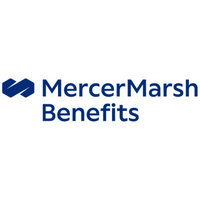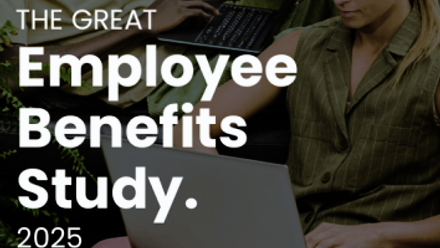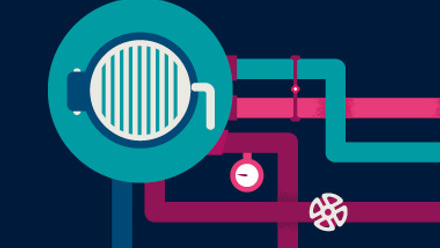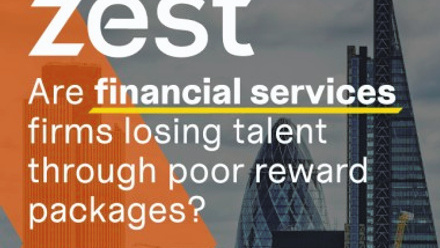Can gamification improve employee engagement with flex benefits? If so, how?

However, flex, by its very nature, is transactional and, despite considerable cosmetic development, greater provider connectivity and truly global applicability, the fundamental formula is the same: employees make benefit selections, employers report on them.
Undoubtedly, communication and engagement strategies set out to drive employee interaction with flex platforms, but there’s a natural ‘glass ceiling’ where employers are effectively serving an existing level of demand. The reality is, most employers will see employees log in once a year to renew benefits, and perhaps an additional handful of times for life events or comms-driven benefit launches. Engagement is definitely in the ‘push’ category, and there’s little self-perpetuation of interaction beyond these campaign-based approaches.
So where are traditional flex approaches going wrong?
- Environments are not dynamic enough – we bore too easily with static content.
- Platforms aren’t mobile first – unless there’s an app forget about consumer-level usage.
- Flex isn’t social – it’s lonely in there.
- Information repositories don’t work – you won’t drive traffic if you assume people are going to search through lengthy content.
- It’s not personalised enough – it doesn’t take into account a user’s personality, learning style or benefits history.
We must start raising the bar in terms of what good looks like, be really clear about what we’re measuring and reporting to clients, and make ourselves accountable. A 60% engagement level sounds transformational within the workplace, but if that 60% translates to employees who’ve registered once for a service and never revisited the platform in a specific 12-month period, we’ve failed. If 60% of employees register with a platform and visit twice a week for 12 months, that’s a win.
Employers have a duty of care to engage their total workforce, so KPIs and metrics must reflect the breadth and depth of engagement.
Smartphone technology has fundamentally changed how all of us engage with products and services. Platforms such as Facebook, Twitter, Instagram, WhatsApp, Snapchat, Fitbit, Strava and Zwift, to name a few, have fostered an expectation of immediacy and short-circuit straight to our brain’s desire to play, compete, feel part of something bigger, and be rewarded (this is gamification). Additionally, the concepts of ‘digital’ and ‘mobile’ have seen a previously peanut shaped Venn diagram become almost completely round, meaning that unless you’re mobile first, forget it.
To move the benefits world on and achieve genuine, repeat engagement from the total workforce, benefits technology must plug into the same desires and motivations. This is where gamification takes centre stage as part of a wider set of ingredients and multimedia strategy:
- Deliver dynamic content – make people want to come back, this is why scrolling ‘newsfeeds’ form the backbone of content-rich platforms.
- Be social – people like to engage with content, like it, share it, share pictures and make comment. We’re all addicted to dopamine, that hit of happy reassurance when you see the ‘like’ or the red spot on Instagram.
- Use the power of teams – people love belonging to teams and tribes. You can be a Hell’s Angel at weekends, an accountant by day, and a movie buff by night.
- Facilitate competition and reward – motivate people to act by publishing leader boards and reward in a way that’s valued.
- Gamify – gamify mundane actions through reward loops, treat people as ‘players’, not ‘employees’.
- Personalise – this a hygiene factor for all social ecosystems now, driven by algorithms.
By applying these principles, engagement can be harnessed to promote and sustain greater participation in existing benefit ecosystems, and drive positive behaviour change as part of a wellness framework.
It’s not going to be an easy shift. The core competencies of consulting firms and insurers side with accurate assessment of event risk and asset management, and we’re myopically focused on ‘product’. We need to embrace broader learnings, look to adjacent industry success stories, and make these relevant for our clients and their people, sorry ‘players’.
The author is Neil Atkinson, head of proposition and innovation, Mercer Marsh Benefits.
This article is provided by Mercer.
Mercer is sponsoring REBA’s Innovation Day 2019. Join us on 28 November in central London to future-proof your reward and benefits strategy.
Supplied by REBA Associate Member, Mercer
At Mercer, we believe in building brighter futures.







